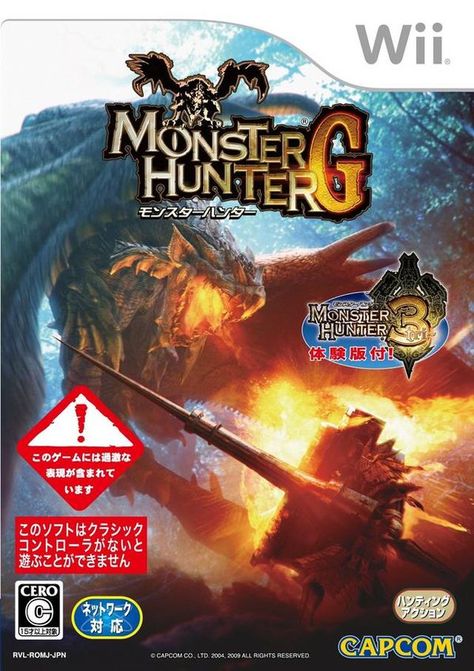Antidote
General Info

| Item Name | Antidote |
|---|
Crafting an antidote is a simple but necessary skill that involves mixing some fairly common ingredients, such as antidote herb and blue mushroom. It is a standard item in the equipment of any experienced hunter, as the risk of encountering a poisonous creature is always present during any mission or expedition. Despite its common appearance, the antidote's value should never be underestimated. A single dose can mean the difference between a triumphant return to the staging area or an untimely carriage ride back to camp.
Overview
Unlike other healing items such as potions, Antidotes do not restore lost health. Its sole purpose is to stop lingering poison damage, allowing fighters to stop depleting health and focus on the fight. This can be a game-changer in high-stakes battles with venomous beasts, giving hunters an extra lifeline to exploit.
Getting the antidote is pretty easy. These items can be purchased at reasonable prices from item vendors in game centers, so even novice hunters can stock up before they start looking. Alternatively, antidotes can be created by combining specific materials found in the game world, a useful option for those who like to collect resources through hunting.
Given its high utility, no fighter should go on a mission without a supply of antidote, especially if the target is known to produce poison. It's an element that embodies the preparation and strategic planning that the Monster Hunter series is known for.
Creation and Development
Creating an antidote was not an easy task for developers. They wanted to make the process of using the antidote engaging. As a result, factors such as animation time, visual feedback, and risk versus reward were carefully considered. For example, every player using this item had to save precious seconds to heal during battle.
In later versions of the game, the developers improved the antidote mechanics based on player feedback. They soon implemented an improved system with different levels of antidotes to match the many monsters' poisons. The ease of preparing an antidote has also changed, with collection points for necessary ingredients such as antidote herbs. The recipe for making the antidote was also constantly improved. At first, only antidote herbs were needed to prepare the antidote. However, to increase the difficulty of the game, blue mushrooms were later added to the recipe. This change forced players to explore more, collect more thoughtfully, and strategize their exploration paths more carefully.
It is interesting to note the interplay between the antidote and the story. The developers entwined the antidote's origins in the tradition of the Hunter's Guild, which, according to the game, researched various monster poisons to create effective remedies. This not only enriched the gaming world, but also deepened player engagement.
The creation of The Antidote in the Monster Hunter series illustrates the developers' attention to every element of the game. This confirms their commitment to providing immersive and strategically engaging games.
Cultural Impact
Satirical memes about hunters forgetting antidotes during missions and getting poisoned have become incredibly popular after the memorable frustration of those situations. This shared experience created a sense of camaraderie among players, creating an internal culture uniquely suited to game mechanics.
In addition, some fans began to create real copies of the antidote. These handcrafted items can be found at conventions and online stores, giving fans a tangible part of the Monster Hunter universe that they can incorporate into their everyday lives.
But perhaps the most significant cultural impact has been seen in the fan-generated content surrounding the antidote element. Many works of art, fiction, and even music have been created based on or featuring the antidote. This creative input not only enriches the Monster Hunter universe, but also fosters a strong sense of community among fans.
This suggests that the antidote extends beyond its initial in-game use, adding a significant layer to the game's cultural significance both inside and outside of it.
